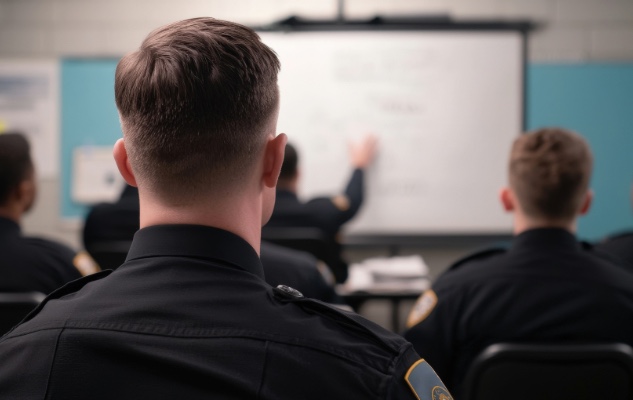Welcome to the OnPolicing Series
OnPolicing captures the thoughts of some of the country’s most important voices on contemporary policing. It is intended to stimulate debate about the state of policing and the myriad of challenges involved in controlling crime, disorder, and terrorism in a democracy like ours. The opinions are the authors’ own and may not represent the official position of the National Policing Institute.
How We Figure Out What Works in Policing (and Why It Matters)
When most people think about police work, they picture TV scenes—high-speed chases, arrests, and traffic stops. But behind the scenes, police leaders and researchers are working to answer bigger questions: What truly works in policing? Does it improve public safety? Does it support officer wellness? That’s where the National Policing Institute comes in. Since 1970,…
Generalized Stop and Frisk is Not the Answer: Improved Strategies for Violent Street Crime Reduction
A recent article on stops and searches by the Metropolitan Police in London has reignited debate about the use of stop, question, and frisk (SQF) in the United States. Piquero and Sherman (2025)1 analyzed 15 years of stop and search data from the Metropolitan Police and found a correlation between increases and decreases in stop…
Building a (Police) Field of Dreams with Implementation Science
Ask any person who has successfully rolled out a new initiative or made a change in practice about how they do it, and they might relay a version of an “if you build it, they will come” mindset, where reality is manifested through thought and action. The more thought and energy put into a project,…
Harmful Organizational Stress in Policing: Can It Be Prevented or Reduced?
Stress in policing is unavoidable, but not all sources of stress are the same. While many police applicants expect dangers on the job, such as responding to violent incidents or traumatic events, what is less obvious is the stress that originates from within the agency itself. This organizational stress in policing comes from department structure,…
The Crucial Role of Police Field Training in Shaping Law Enforcement
For every police officer, there is a defining period that shapes not only their performance on the job but also their mindset, ethics, and approach to community engagement: field training. This stage, often the bridge between the academy and full-duty service, is where officers begin to understand what it truly means to serve. Field training…
Right People, Right Place, Right Time: Why Police Staffing Studies Matter Now More Than Ever
In an era of unprecedented challenges facing law enforcement agencies across the nation, strategic police staffing has emerged as a cornerstone of public safety management. Between budget constraints, evolving community expectations, and an ongoing crisis in recruitment, police departments are facing a perfect storm of operational pressures that mean they can no longer rely…
Behavioral Communication in Interviews and Interrogations: Emotional Intelligence as a Tool
Clarification: This is a collaborative work, with one author, Rodney Parks, a veteran police official, and the other, P.S. Perkins, a communications expert. When the article below uses “I,” “me,” or “we,” it reflects the experiences and views of the law enforcement official. Otherwise, both authors have developed this approach together. Years of successful and…
Police Approaches: Recruitment and Retention
Policing in the 21st century continues to struggle with a complex challenge nationwide: Fewer people want to be in law enforcement, and a number of individuals are leaving the profession. Everyone wants to solve this critical problem. Although there are many different strategies organizational leaders are implementing to help with their recruitment and retention approaches,…
Wisdom and Warning – From an Unusual Source
I recently came across the following speech about policing. I’d heard it many times before, but I never recognized how profound it truly is. I’m paraphrasing it slightly here. The world grows smaller every day, and the threat of harm by any group, anywhere, can no longer be tolerated. There must be security for all,…
Force Multipliers in Action: Advancing Policing Through Strategic Innovation
Innovation is a powerful tool in law enforcement. Identifying what works and how best to use it can be a force multiplier, which is especially valuable as agencies face resource challenges. When considering innovations in policing, technological advances rightfully come to mind. But that’s only part of the picture. To gain a full perspective,…










